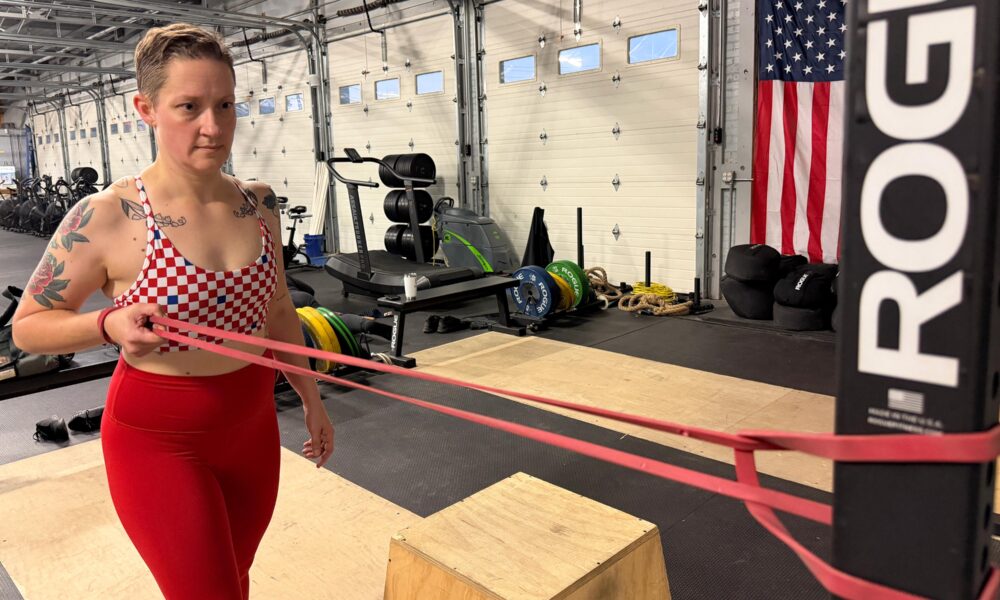Increasing reliance on personal devices has led to a widespread issue known as “tech neck,” characterized by forward head posture and associated pain. This condition arises when individuals tilt their heads forward while using smartphones, tablets, or laptops, which can lead to discomfort and restricted movement over time. According to physical therapist Patrick Suarez from Albany, New York, addressing this problem effectively requires a shift from stretching to strengthening.
Suarez explains that instinctively, many people seek relief through neck stretches. However, this approach can worsen the situation by overstretching the muscles in the back of the neck that connect to the shoulder blades and upper back. Instead, he advocates for strengthening exercises that target these areas, promoting better alignment and reducing pain.
Understanding the Causes of Tech Neck
While the term “tech neck” often evokes images of smartphone overuse, similar postural issues can arise from driving or prolonged sitting. Suarez emphasizes the importance of proper ergonomics, particularly in vehicles. He advises drivers to sit back fully in their seats, ensuring that their shoulders and head rest against the seat back. Adjusting mirrors to fit this position, rather than adjusting the body to fit the mirrors, can help maintain better posture during driving.
“While it’s unrealistic to expect someone with poor posture to maintain perfect alignment all day, small, mindful adjustments combined with targeted exercises can lead to improvement,” Suarez notes.
Four Strengthening Exercises to Address Tech Neck
To combat the effects of tech neck, Suarez recommends a series of targeted exercises that can be easily integrated into daily routines. These exercises focus on strengthening the upper back and ensuring that the ears are directly above the shoulders, which is crucial for maintaining proper posture.
1. **Wall Angels**
This exercise enhances mobility and promotes better posture. Stand with your back against a wall, ensuring that your low back, shoulders, and head are in contact with it. With arms bent at 90 degrees, slide your hands upward against the wall, then return to the starting position.
2. **Thoracic Spine Wall Rotation**
Assume a half-kneeling position next to a wall, with your right thigh against it. Place your fingertips behind your ears and rotate your torso to touch the wall with both elbows. Reverse the movement, ensuring you perform equal repetitions on both sides.
3. **Row Variations**
These exercises strengthen the muscles that support proper shoulder position. For a single-arm row, anchor an exercise band at chest height and pull the band towards you while maintaining a strong posture. Switch sides and repeat. For a high-to-low row, start with the band above your shoulders and pull it down towards your ribs, again ensuring you engage the correct muscles.
4. **Prone I’s, T’s, and Y’s**
This series of movements targets the muscles around the shoulder blades. Lying facedown on a stability ball, raise your arms in various formations—first forming a “Y,” then a “T,” and finally extending them straight back. Focus on squeezing your shoulder blades together to maximize effectiveness.
Incorporating these exercises into your daily routine can help mitigate the effects of tech neck, enhancing posture and reducing discomfort. Over time, consistent practice can lead to significant improvements in neck strength and overall alignment. As Suarez aptly puts it, “We just need to work on it. Small increments lead to progress.” By prioritizing these exercises, individuals can take proactive steps toward healthier posture and greater comfort in a technology-driven world.






